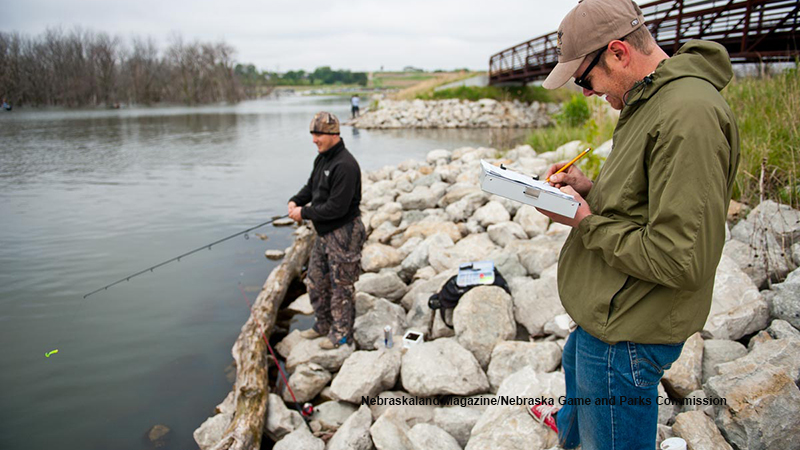
Human Dimensions of Nebraska's Fisheries
Collaborator(s): Kevin Pope, Chris Chizinski, Mark Kaemingk
Recreational fishing is the most influential factor structuring fish populations, especially in inland systems with intensive fishing pressure. Anglers often target apex predators such as largemouth bass and walleye, which can have important consequences for fish communities in lakes and reservoirs via top-down controls. To complicate matters, predator dynamics among fishes vary spatially (e.g., within and among reservoirs) and temporally (e.g., within and among years), as does angler participation. Even so, inland fishery biologists rarely incorporate spatial and temporal patterns, which also occur in angler participation and catches, into management strategies, possibly because little is understood about angler decisions to participate in the sport.
Incorporation of spatial and temporal patterns in angler participation into fishery management likely will require a shift in focus from lake-specific management to regional management. This shift in focus would be facilitated by better understanding of factors affecting angler participation and harvest decisions. This project is a collaboration of researchers across multiple agencies and includes the University of Nebraska—Lincoln and the Nebraska Game and Parks Commission. Information gained on angler behavior will be important for increased effectiveness of fishery management, as well as increased effectiveness of angler recruitment and retention activities.